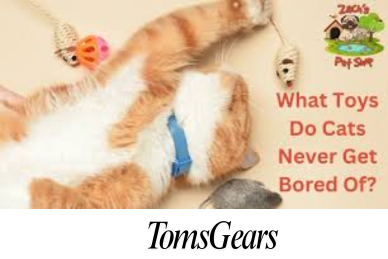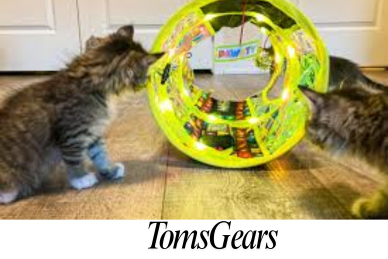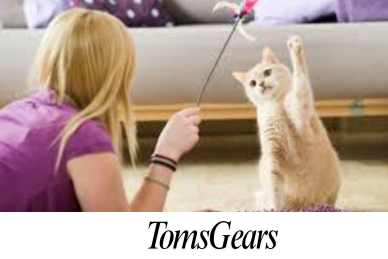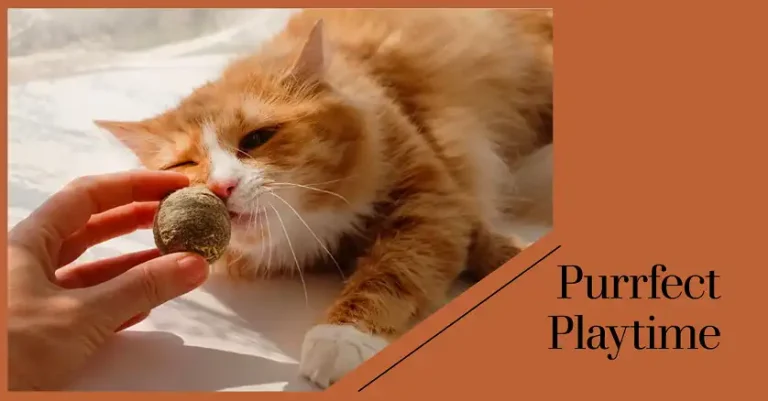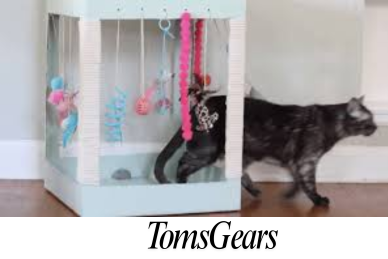Can Cats Be Addicted to Certain Toys?
Yes, cats can exhibit behavior that appears like an addiction to certain toys, especially those that trigger their natural instincts. While cats may not get “addicted” in the same way humans do, they can develop a strong attachment or obsession with specific toys. Toys that resemble prey, make noise, or have a unique texture can stimulate their hunting instincts and lead to repetitive play behavior. This article explores why cats might get “addicted” to toys, what signs to look out for, and how to manage such behavior to keep your cat happy and healthy.
Why Do Cats Get Attached to Certain Toys?
Cats are natural-born hunters, and toys are a way for them to express these instincts. A toy that mimics the movement, sound, or texture of prey can trigger a cat’s predatory drive, making it highly appealing. For example, feather wands, squeaky mice, and balls that rattle often become favorite toys because they remind the cat of chasing birds or small rodents.
Moreover, the scent and texture of some toys can play a role. Toys made of materials like wool or felt may remind a cat of the fur of their prey, leading them to engage more with it. Research shows that about 30-50% of cats react strongly to catnip-filled toys because the chemical nepetalactone activates the pleasure centers in their brains.
What Are the Signs of a Cat Being “Addicted” to a Toy?
While cats may not truly be addicted in a medical sense, they can show obsessive behaviors around specific toys. Here are some common signs that your cat may have a toy obsession:
- Constant Play with the Same Toy: If your cat ignores all other toys and consistently chooses just one, this could be a sign.
- Vocalization: Some cats may meow, chirp, or even growl when playing with their preferred toy.
- Protective Behavior: A cat may show aggression or become territorial if you try to take the toy away.
- Excessive Licking or Chewing: If your cat continuously licks, chews, or kneads a particular toy, they may be fixated on its texture or smell.
- Sleeping with the Toy: If your cat treats a toy almost like a security blanket, carrying it around and sleeping beside it, it could indicate a strong attachment.
Can Cats Develop a Dependence on Catnip Toys?
Catnip is a plant that contains nepetalactone, a chemical that stimulates cats and can cause a temporary euphoric effect. Although catnip is not physically addictive, it can be habit-forming for some cats. Studies suggest that around 70% of cats are genetically predisposed to react to catnip. When exposed, cats may roll around, purr loudly, or become hyperactive. The effect usually wears off after 10-15 minutes, and cats typically build a temporary tolerance if exposed too frequently.
If your cat is overly focused on catnip toys, it might be a good idea to limit their exposure. Too much catnip can lead to overstimulation and, in rare cases, aggressive behavior. Experts recommend offering catnip toys only 1-2 times a week to keep the response fresh and exciting.
Are There Certain Toys That Cats Are More Likely to Become “Addicted” To?
Yes, there are certain types of toys that tend to attract more obsessive behavior in cats:
- Feather Toys: Feathered toys mimic the fluttering of birds, making them irresistible to many cats.
- Laser Pointers: The unpredictable movement of a laser dot can create a chase game that some cats find hard to give up, leading to frustration if they can never “catch” the light.
- Wand Toys: These simulate the erratic movement of prey and encourage a hunting response.
- Soft Plush Toys: Some cats like to carry soft toys in their mouths as if they’re carrying captured prey.
- Crinkly or Noisy Toys: Toys that make a noise when batted around are more likely to captivate a cat’s attention.
Is Obsession with a Toy Harmful to Cats?
An obsession with a toy is usually harmless as long as the cat is not showing signs of stress or aggression. However, there are a few things to watch out for:
- Aggressive or Destructive Behavior: If your cat becomes too rough, biting or tearing the toy apart, this could indicate pent-up energy or frustration.
- Reduced Interest in Other Activities: If your cat ignores playtime, food, or human interaction in favor of one toy, it might be time to intervene.
- Health Risks: Certain materials or small parts on a toy can pose choking hazards if chewed excessively.
If you notice any of these behaviors, try rotating toys or introducing interactive play sessions to provide more variety.
How Can You Manage a Cat’s Toy Obsession?
To manage a cat’s obsession with a particular toy, consider the following strategies:
- Toy Rotation: Keep your cat’s environment engaging by rotating toys. Put a few away and bring them out after a week or two. This keeps old toys feeling new and exciting.
- Scheduled Playtime: Schedule 15-20 minutes of interactive play twice a day using a variety of toys. This helps channel your cat’s energy and reduces fixation on a single toy.
- Use Puzzle Toys: Puzzle feeders and toys that dispense treats can provide mental stimulation and distract a cat from overplaying with one toy.
- Introduce New Toys Gradually: Slowly introduce new toys, and if possible, match them to the qualities your cat likes in their favorite one (such as similar texture or movement).
Should You Take Away a Toy If Your Cat Is Too Focused on It?
It depends. If the obsession is causing harmful behavior—like aggression or anxiety—then it may be wise to take the toy away for a while and reintroduce it later. But if your cat is simply enjoying itself and not showing any negative signs, there’s no harm in letting them indulge. Just keep an eye on the toy’s condition and remove it if it starts falling apart.
What Types of Toys Can Be Used as Alternatives?
If you need to switch out a toy that your cat is overly attached to, consider the following alternatives:
- Interactive Food Dispensers: These toys reward your cat with food or treats, providing mental stimulation and encouraging problem-solving.
- Motion-Activated Toys: Battery-operated toys that move or make noise only when touched can capture your cat’s attention without overstimulation.
- Cat Trees and Climbing Towers: Adding more vertical spaces and hiding spots can help distract a cat from its toy obsession.
- Tunnels and Crinkle Bags: These provide new textures and hiding spots, which can keep cats engaged for hours.
FAQs
Can cats become bored with their toys?
Yes, cats can get bored if they have access to the same toys all the time. This is why rotating toys is important.
Is it okay for cats to play with the same toy every day?
It’s fine if your cat loves one particular toy, but variety is key to keeping them mentally and physically stimulated.
Why do some cats carry their favorite toy around the house?
Carrying a toy around is a sign of comfort and pride. Your cat may view the toy as “prey” it has successfully caught.
What should I do if my cat won’t let go of a toy?
If your cat becomes too possessive or aggressive, gently take the toy away and offer a different one to break the fixation.

